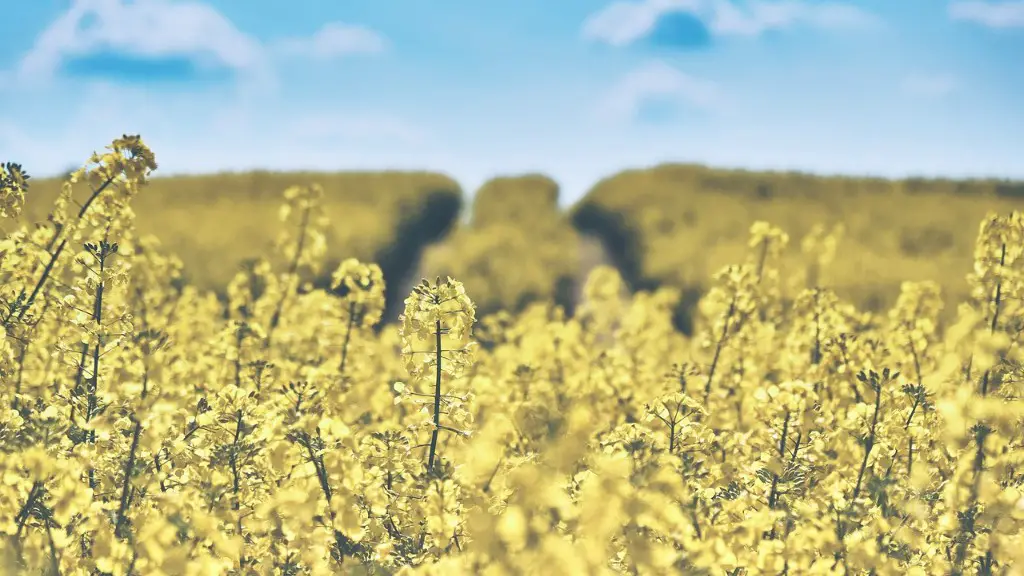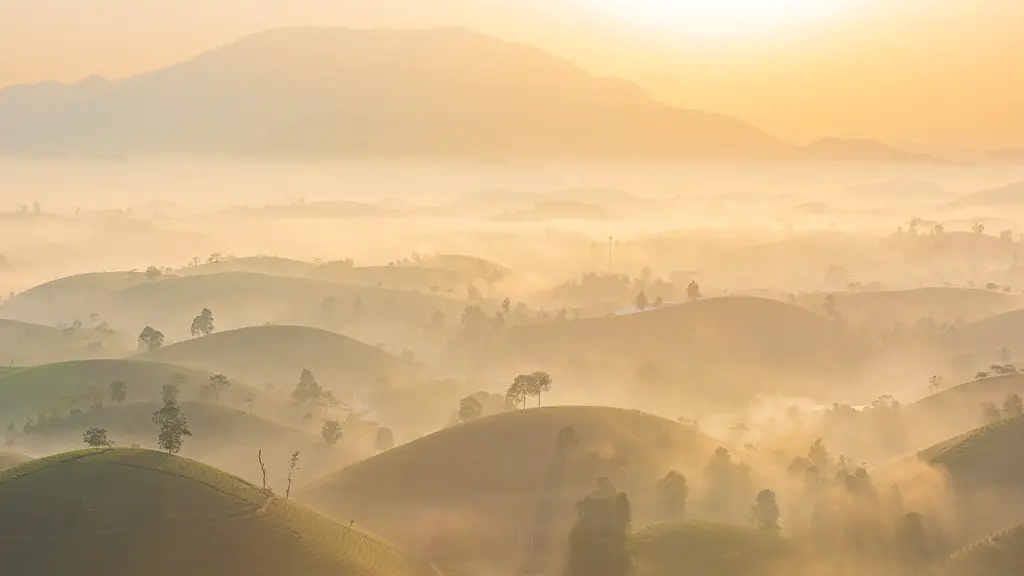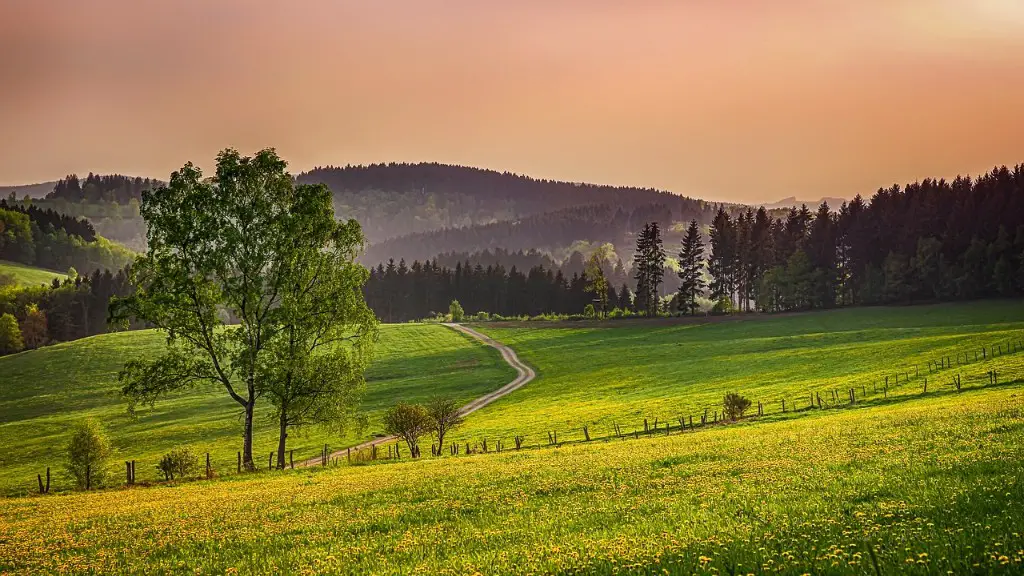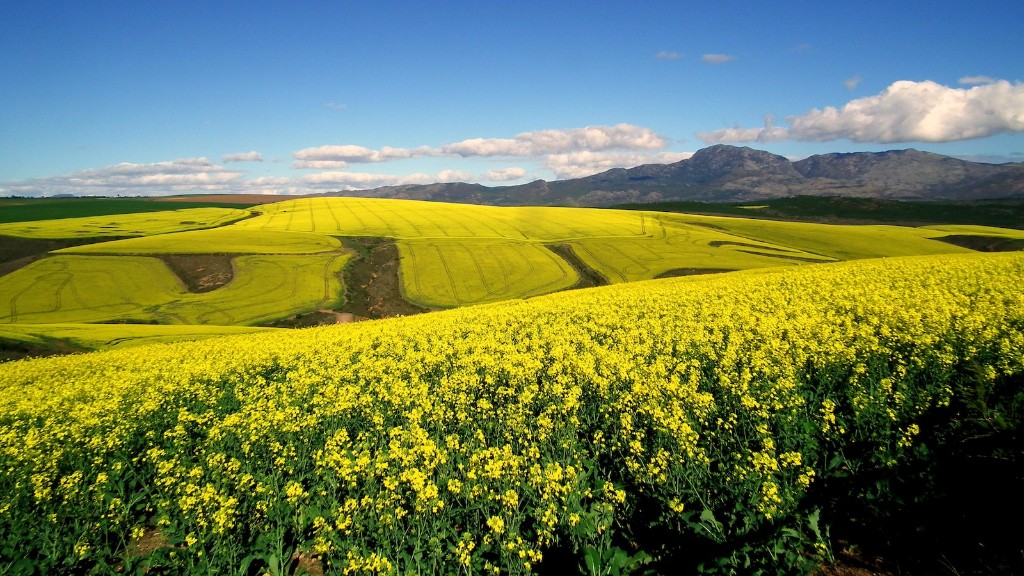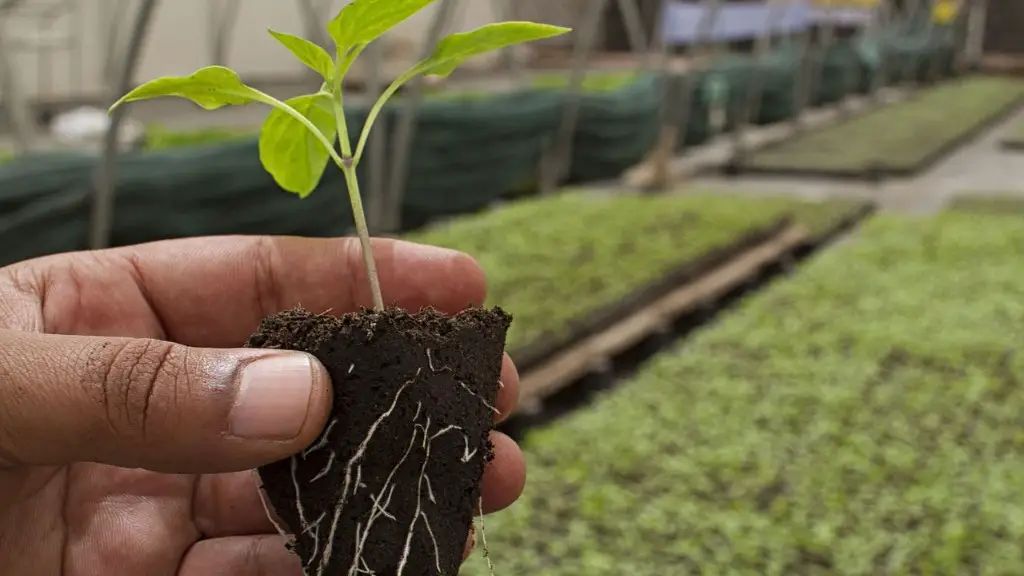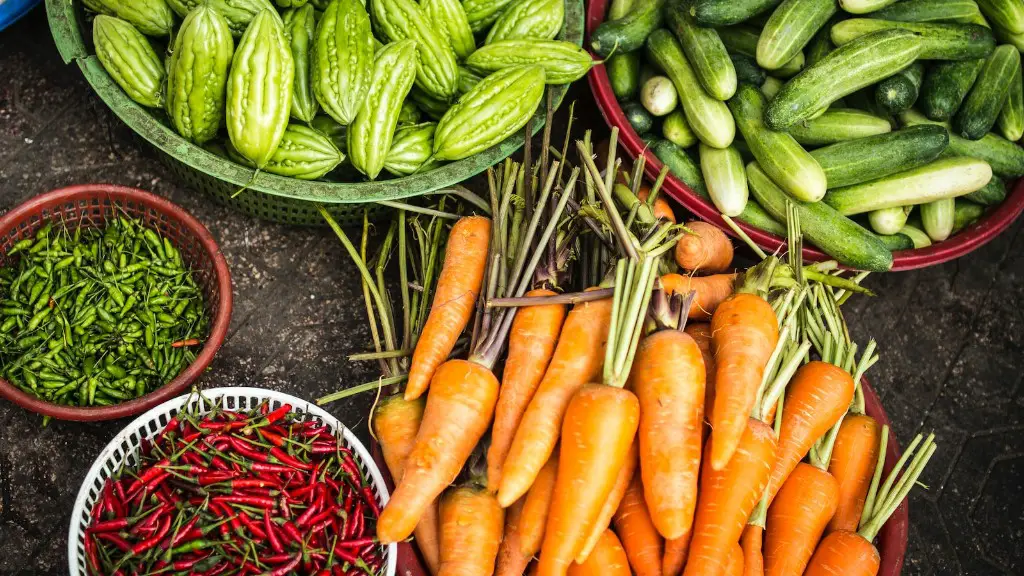Agricultural drones have been becoming increasingly popular in recent years due to their useful functions. Drones are unmanned aircrafts, often automated, powered by battery or gasoline, that can fly autonomously, eliminating the need for a full-time pilot. They can be used in agriculture for a range of purposes, from scouting and monitoring fields to actually performing various activities like fertilizing and spraying, to mapping and analysis of agricultural data, to autonomous crop yield surveying. This article will discuss the various applications of drones in agriculture.
Drones can be used to survey large fields quickly and easily, eliminating the need for manual surveying on foot or in a vehicle. With their advanced cameras and sensors, drones take precise and fast measurements of fields, including elevation, slope, and vegetation and soil conditions-all of which are necessary for a successful crop yield. Drones can also be used for monitoring crops, including detecting moisture in soil and tracking the growth of crops over time. They can also detect health and disease issues in crops which can then be addressed by farmers, leading to more efficient solutions for increasing crop yields.
Drones can be used to automate the application of fertilizers, pesticides, and herbicides, reducing the amount of time and effort needed to maintain crops. By using drones, farmers can reduce their costs by avoiding the need for manual spraying or application of fertilizers. With the help of drones, farmers can adjust the dosages and spread of fertilizers and other agricultural chemicals, enabling them to save money and time as well as ensure that their crop yields are as high as possible.
In addition to applying chemicals, agricultural drones can be used to plant seeds or even harvest crops. As the technology advances, so too will its applications in crop management. For instance, some drones are equipped with harvesting tools, enabling them to quickly and efficiently harvest crops, reducing the amount of time and effort needed for the job. Additionally, drones can be used for more precise planting, as they can detect the ideal planting points for greater efficiency.
Drones can also be used to detect and monitor crop diseases. They can detect common crop diseases and pests from the air, eliminating the need for manual detection. They can also take images of infested crops and analyze the data to identify the issue. Early detection of diseases ultimately leads to improved crop yield, reduced crop losses and higher farmer profits.
Another major application of drones in agriculture is data analysis. By obtaining real-time data from drones, farmers can get insights into the current status of their crops and fields, as well as analyze long-term trends in crop performance. Through data analysis, farmers can make strategic decisions like when to harvest, what chemicals to use, and when to plant. This data-driven approach is essential for improving the efficiency and productivity of agricultural operations.
Finally, drones can be used for remote sensing, helping farmers observe and monitor their crops from a distance. Drones can collect various types of data, such as temperature, humidity, and moisture content. This data can then be used to provide insights into the environmental conditions and health of crops, helping farmers make decisions on when to water and fertilize. Remote sensing capabilities are essential for precision agriculture, a farming practice that requires precise monitoring and analysis of data.
Using drones to detect crop diseases
Drones can detect common crop diseases and pests from the air, eliminating manual detection and enabling early diagnosis of any potential issues. With drones, farmers can take images of infested crops and then analyze the data to identify the exact problem. Early detection helps identify issues before they become serious and can help improve crop yields, reduce crop losses, and increase farmer profits.
Advanced technologies now allow for drones to identify issues with crops in real-time, providing farmers with information in a fraction of the time it would take for manual detection. Specifically, drones can use artificial intelligence to analyze images and detect issues. This real-time analysis and diagnostics are incredibly valuable for farmers, allowing them to act on the issue before it becomes a bigger problem. Additionally, drones can perform routine inspections of crops, allowing farmers to quickly identify any potential threats.
Moreover, drones can also be used to monitor crops from a distance and scan large areas of land. This data can be used to provide insights into the environmental conditions and health of crops, helping farmers make decisions on when to water and fertilize. Through analysis of aerial images captured by the drones, farmers can quickly detect any potential disease, pests, or other issues in crops, enabling them to act quickly before the problem becomes unmanageable.
Finally, drones are also proving to be very useful for comparison analysis. Thanks to their remote sensing capabilities, they can collect data over large areas of land, providing farmers with valuable information on how their crops stack up compared to their neighbors. The data and resulting maps can help farmers spot any anomalies in their fields and make changes so that their crops and yields are optimized.
Using drones for data analysis
By using the data obtained from drones, farmers can gain insights into their fields and crops. Drones can help farmers track various data points such as moisture levels, soil nutrients, crop health, and much more. With the help of data analysis, farmers can make better decisions on when to plant, when to harvest, and what chemicals to use. This data-driven approach is essential for improving the efficiency and productivity of an agricultural operation.
Drones can also analyze the data they have collected and provide farmers with information on potential yield losses, potential problems with soil and nutrition, and environmental insights. By leveraging the data provided by drones, farmers are better equipped to make decisions that can increase their odds of success. For example, they can determine the right time to fertilize and precisely apply chemicals based on the data they have received.
Furthermore, drones can also help farmers monitor their crops over time. With the help of drones, farmers have the ability to take images of their crops and track the progress of their growth on a weekly or even daily basis. This real-time monitoring can help farmers make more informed decisions, as they will be able to identify changes more easily.
Another major benefit of drones for data analysis is their ability to detect issues with crops before they become serious. By using drones, farmers can detect issues using data provided from drones, including moisture levels, soil nutrients, and crop health. Through early detection of problems, farmers can prevent major losses and keep their yields up to optimal levels.
Finally, drones can be used to compare the data of different crops or different fields. Farmers can use drones to gather data from neighboring fields, giving them a wider perspective of the crop performance. By comparing this data, they can spot any anomalies in their fields and make changes to optimize product yields.
Using drones to automate application of fertilizer and herbicides
Drones can now be used to automate the application of fertilizers, pesticides, and herbicides. Using drones eliminates the need for manual spraying or application of fertilizers. By leveraging the capabilities of drones, farmers can quickly and efficiently apply these agricultural products in the most effective manner.
Drones can also make adjustments to the dosages of herbicides and fertilizers, allowing them to use the least amount needed. This helps reduce costs by using these products more effectively. It also helps reduce the amount of product needed to achieve optimal yields.
Additionally, the use of drones in agriculture can help reduce the amount of human labor needed. Instead of manually spraying herbicides and fertilizers by hand, drones can be used to quickly and easily cover larger areas, reducing labor costs and enabling farmers to focus on higher priority tasks.
Finally, drones can also be used to track the coverage of herbicides and fertilizers. With the help of drones, farmers can keep track of how much of an area is covered and how much product is left to be applied. This helps farmers make sure that the crops are receiving the optimal amount of fertilizer and herbicide, improving productivity and ensuring that their yields are as high as possible.
Using drones for planting and harvesting
Drones are now being used for both planting and harvesting of crops. With their advanced technologies, drones can detect the ideal planting points for greater efficiency and accuracy. Additionally, with the right harvesting tools, drones can quickly and accurately harvest crops, reducing the amount of time and effort needed for the job.
By using drones to plant and harvest, farmers can take advantage of automation and increase their productivity. This automated approach also reduces the risk of human error, ensuring that crops are planted and harvested correctly. Additionally, it reduces labor costs, as the work that would normally have to be done by human workers can now be done by the drones.
Furthermore, the use of drones in planting and harvesting also offers another benefit: traceability. With the help of drones, farmers can track their crops from planting to harvest. They can keep track of where the seeds were planted, how the crops grew over time, and how much produce was harvested. This data can be used to generate reports for better insights into the performance of each crop.
Finally, drones can also be used for inspection purposes. By airborne inspection, drones can detect any potential issues with a crop, allowing farmers to take corrective action before the issue becomes a bigger problem. Issues such as soil erosion, pests, and unhealthy crops can be spotted quickly and correctly.
